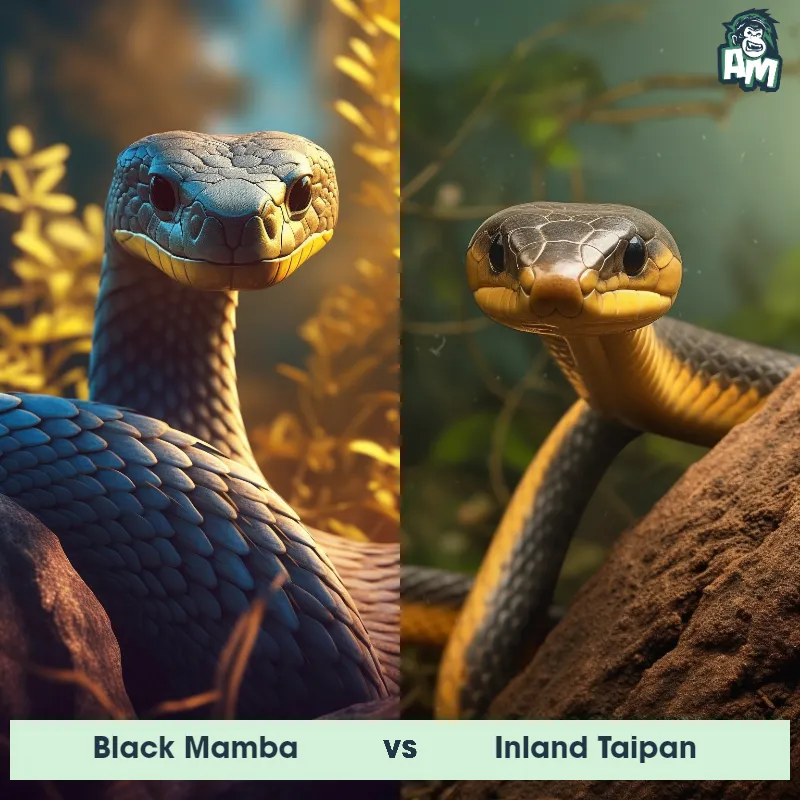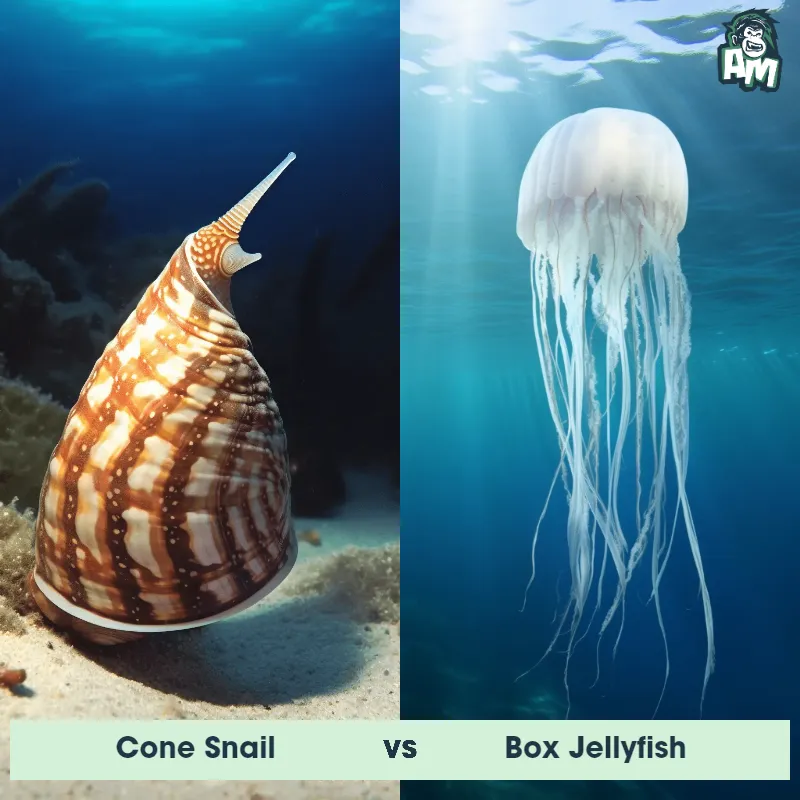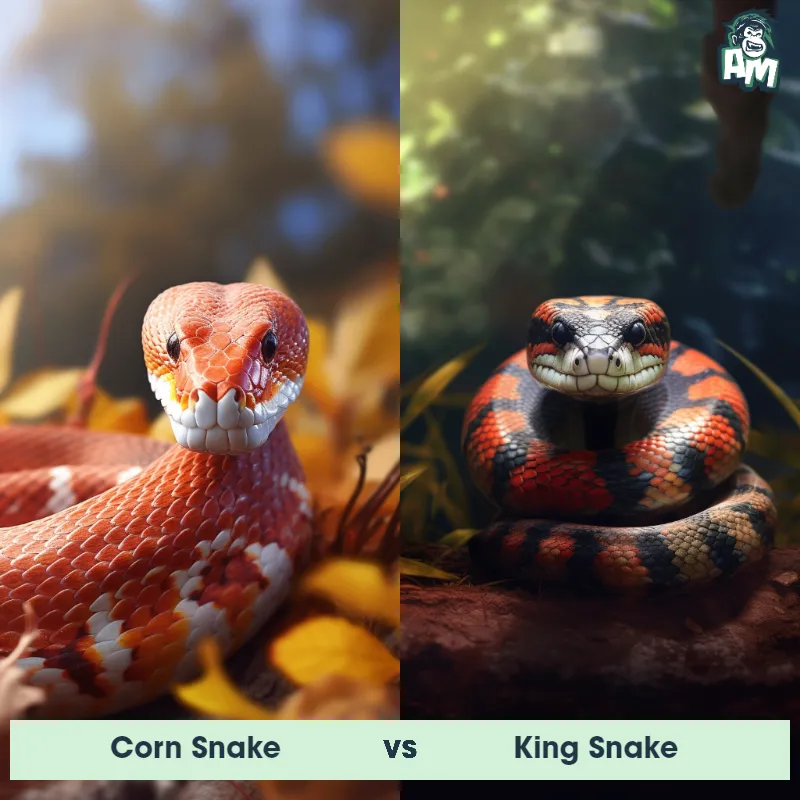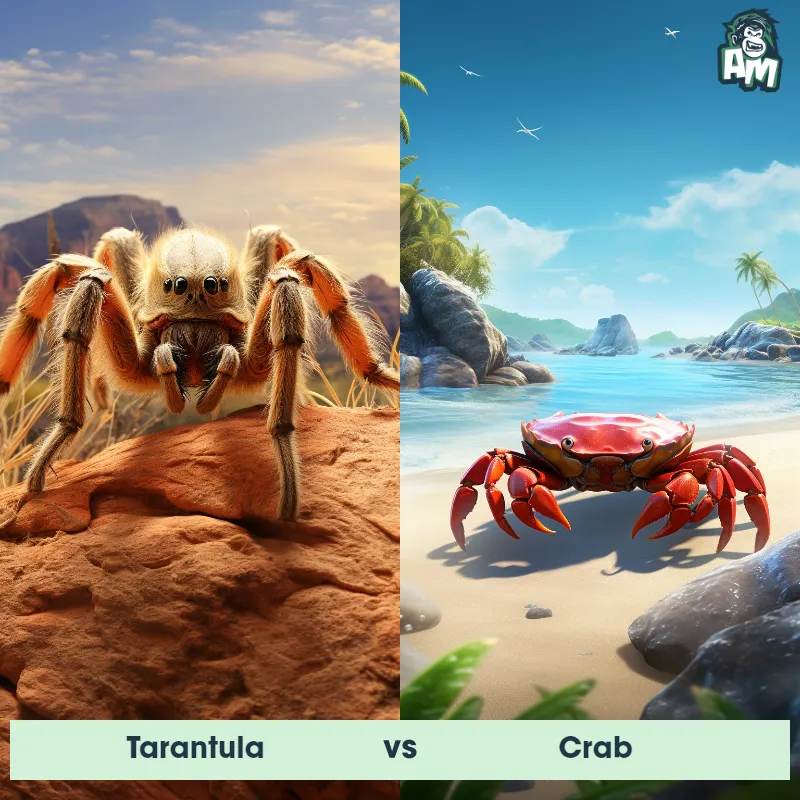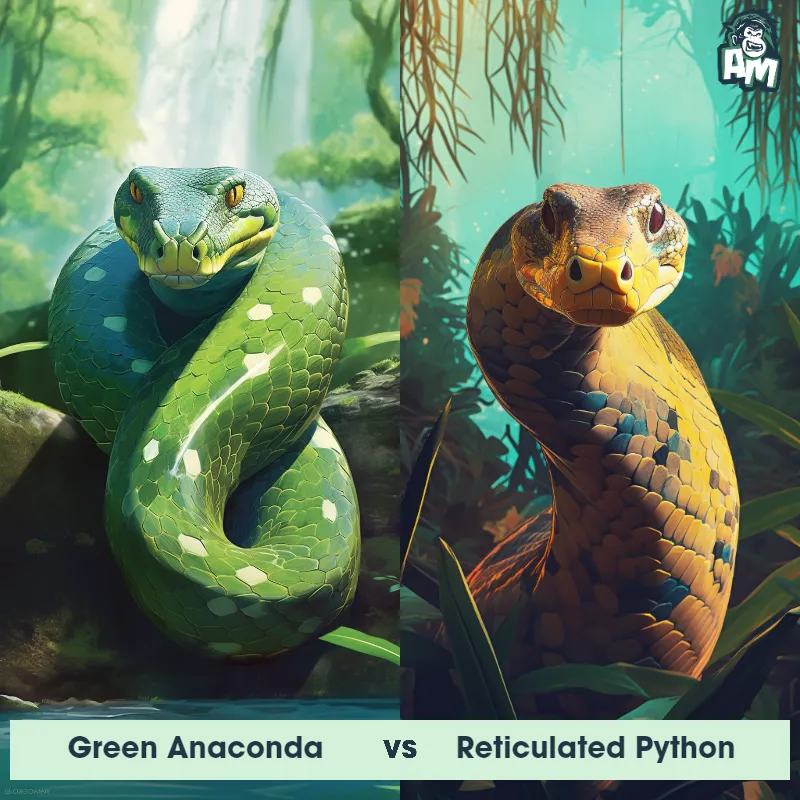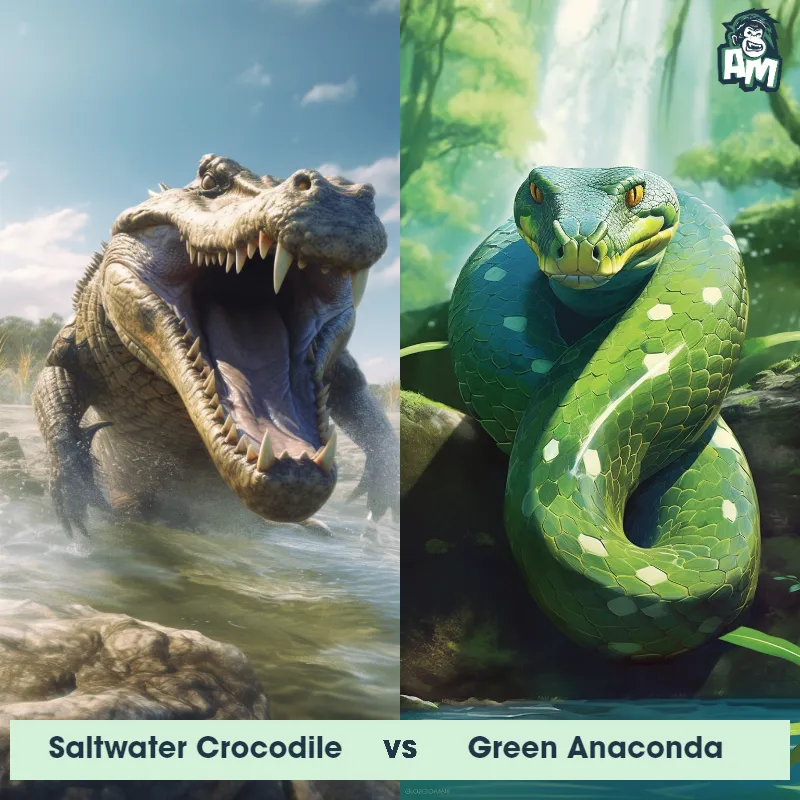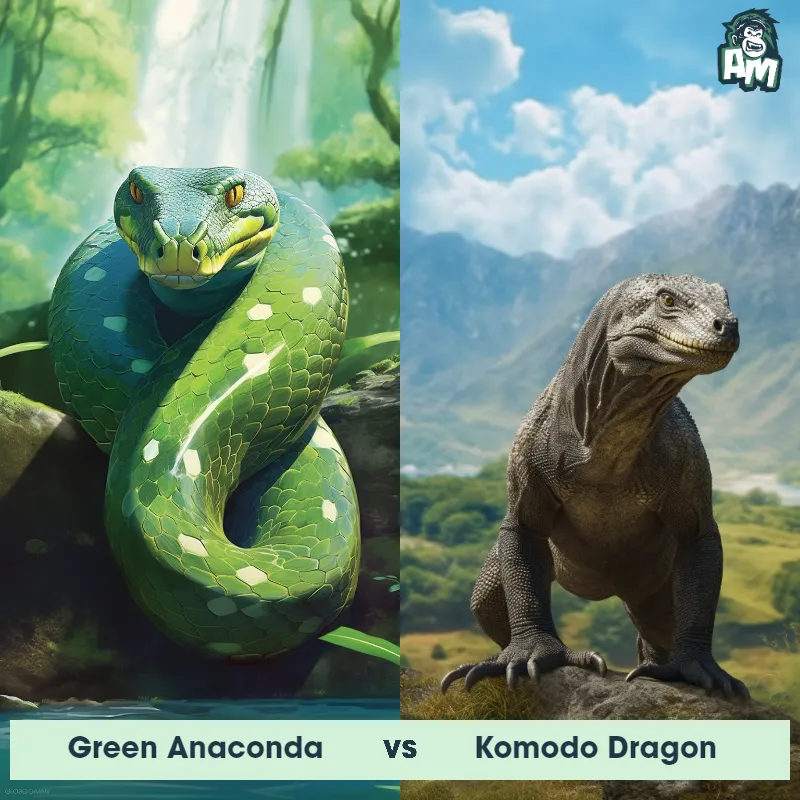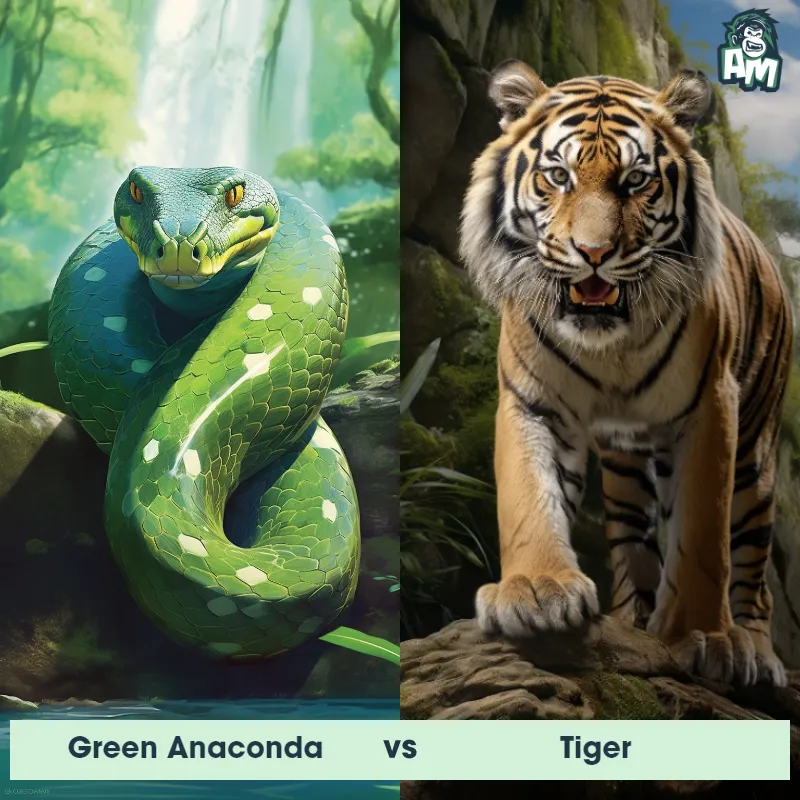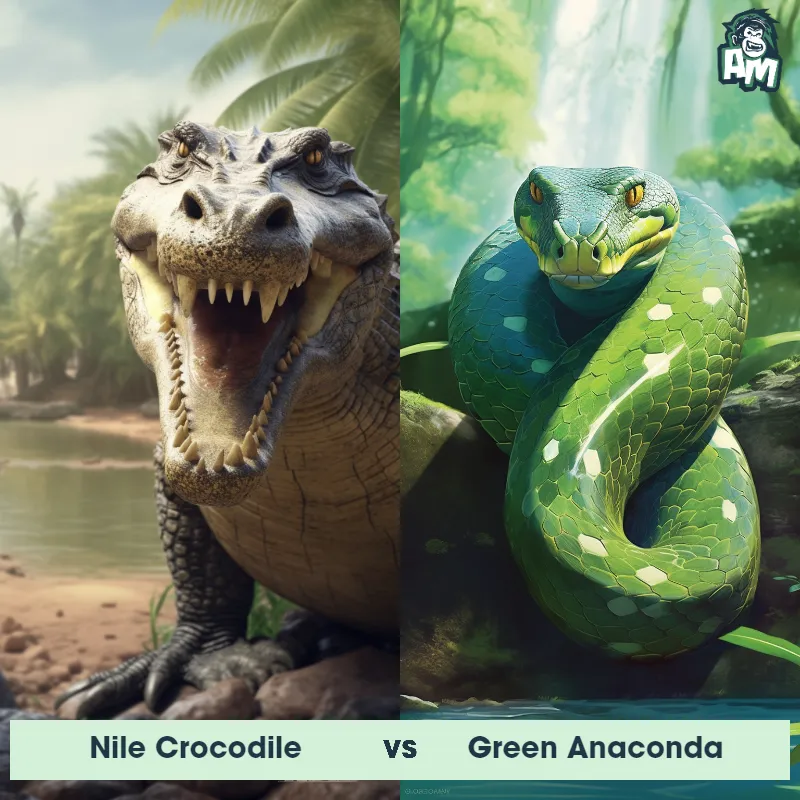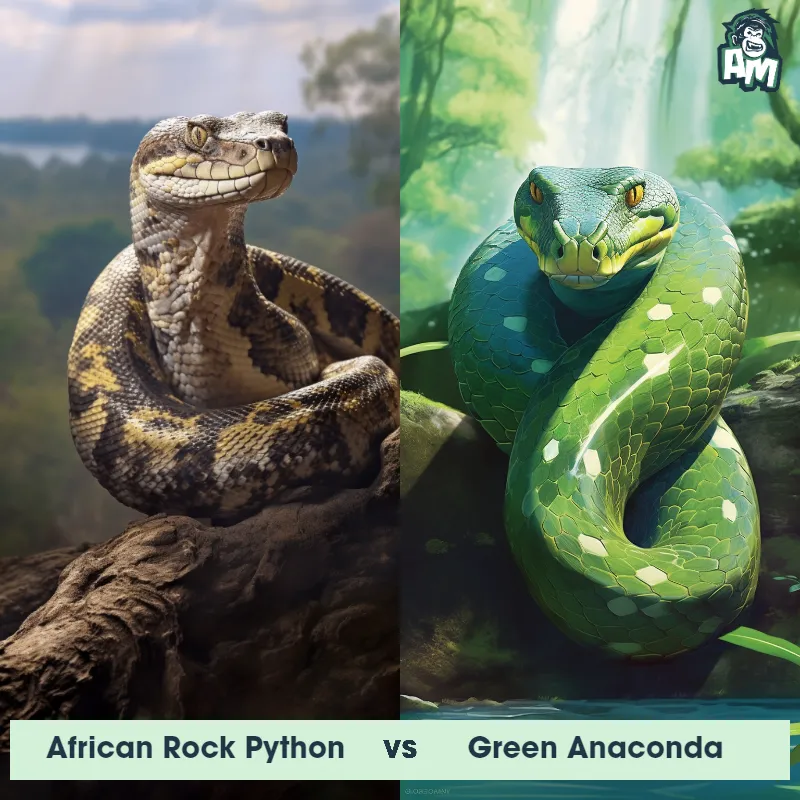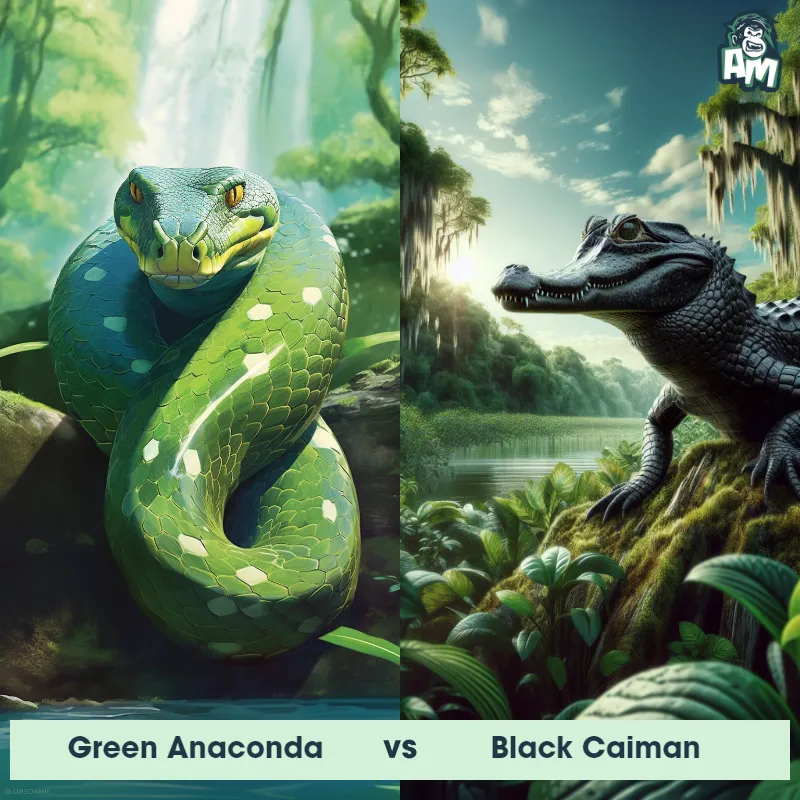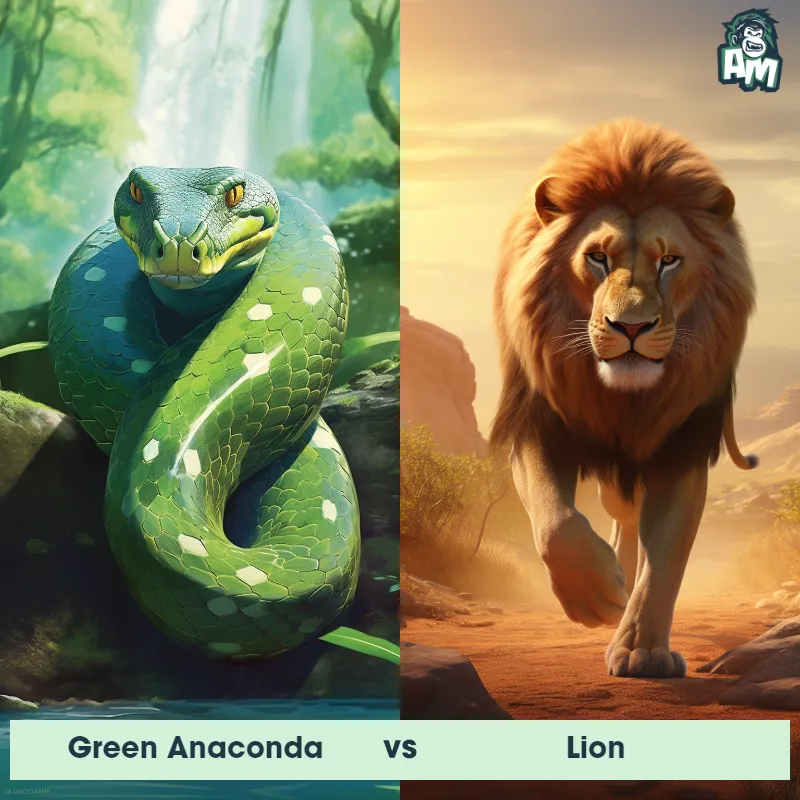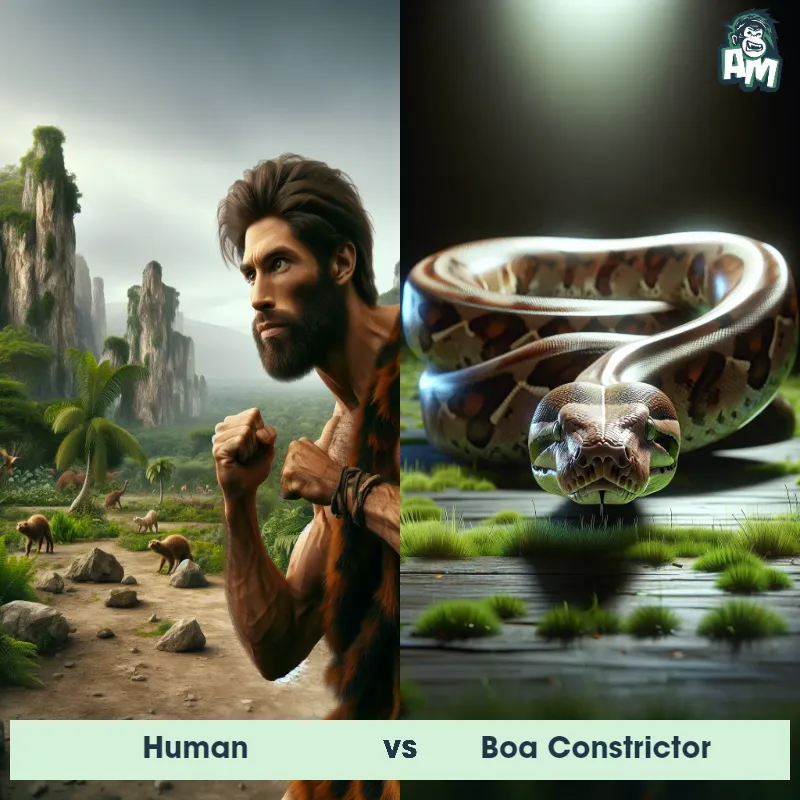Titanoboa vs GiganotosaurusSee Who Wins

In the jungle heat, the ancient giants face off. On one side, the slithering predator, renowned for its crushing power. On the other, the colossal carnivore, with razor-sharp teeth and thunderous strides. This battle will test wit and muscle.
Contender 1: Titanoboa
Titanoboa, also known as the "Titanic Boa," was a massive prehistoric snake that lived around 60 to 58 million years ago. It is considered one of the largest snakes to have ever existed, reaching lengths of up to 42 feet and weighing as much as 2,500 pounds. Titanoboa had a thick, muscular body and was capable of swallowing prey whole, including crocodiles and large mammals.
Fun Fact: Titanoboa likely lived in warm, swampy environments and was adapted to the high temperatures of the Paleocene era.
Contender 2: Giganotosaurus
The Giganotosaurus, also known as the giant southern lizard, was a massive carnivorous dinosaur that roamed South America during the Late Cretaceous period. It was one of the largest land predators, measuring up to 40 feet in length and weighing around 8 tons. Known for its serrated teeth, powerful jaws, and sharp claws, Giganotosaurus was a formidable hunter that likely preyed on large herbivorous dinosaurs.
Fun Fact: Despite being slightly smaller than the Tyrannosaurus rex, Giganotosaurus had longer arms, which allowed it to have a wider range of motion and potentially be better at grasping and holding onto prey.
Matchup Stats
| Titanoboa | Giganotosaurus | |
|---|---|---|
| Size | Up to 42 feet (12.8 meters) | Up to 40 feet (12 meters) |
| Weight | Up to 2,500 pounds (1,134 kilograms) | Around 8 tons (7,250 kilograms) |
| Speed | 17 mph (27 km/h) | 31-34 mph (50-55 km/h) |
| Key Strength | Crushing constricting power | Powerful jaws |
| Biggest Weakness | Vulnerable to attacks from multiple directions | Short arms |
Current Votes
Titanoboa vs Giganotosaurus
See Who Wins
View More Matches
Looking For More?
Similar Matches
Scientific Stats
| Titanoboa | Giganotosaurus | |
|---|---|---|
| Scientific Name | Titanoboa | Giganotosaurus carolinii |
| Family | Boidae | Carcharodontosauridae |
| Habitat | Warm, swampy environments | Terrestrial |
| Geography | South America | South America |
| Diet | Crocodiles, large mammals | Carnivorous |
| Lifespan | 18 years - 25 years | 25 years - 35 years |
Key Differences between Titanoboa and Giganotosaurus
- Body Shape: Titanoboa had an elongated, cylindrical body typical of snakes, whereas Giganotosaurus had a more robust, muscular structure with a bipedal stance.
- Size: Titanoboa was estimated to have reached lengths of around 42 feet, while Giganotosaurus was around 39 to 43 feet long.
- Head: Titanoboa had a relatively small, narrow head typical of constrictor snakes, compared to Giganotosaurus, which had a large, elongated skull with serrated teeth.
- Skin: Titanoboa likely had scales similar to modern snakes, whereas Giganotosaurus had a more textured skin surface typical of theropod dinosaurs.
- Limbs: Titanoboa had no limbs, while Giganotosaurus had well-developed hind limbs and small forelimbs with three digits.
- Color: The coloration of Titanoboa is hypothesized based on modern snakes and likely included muted browns or greens, while Giganotosaurus might have exhibited more varied and speculative coloration as inferred from current theropod studies.



